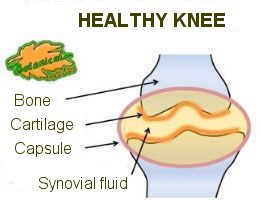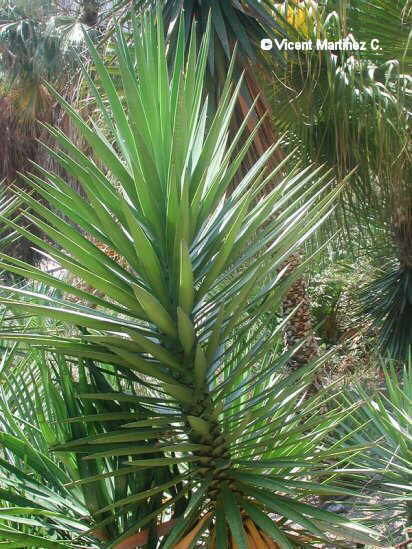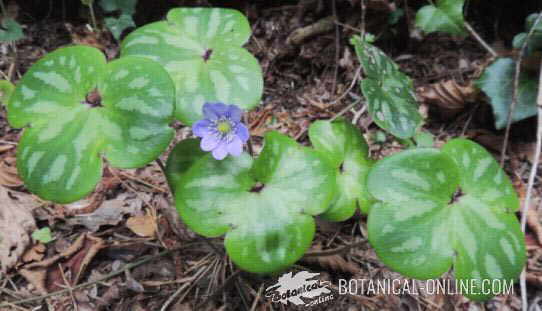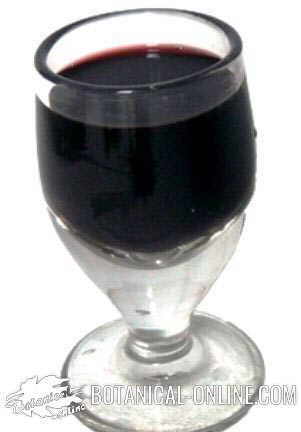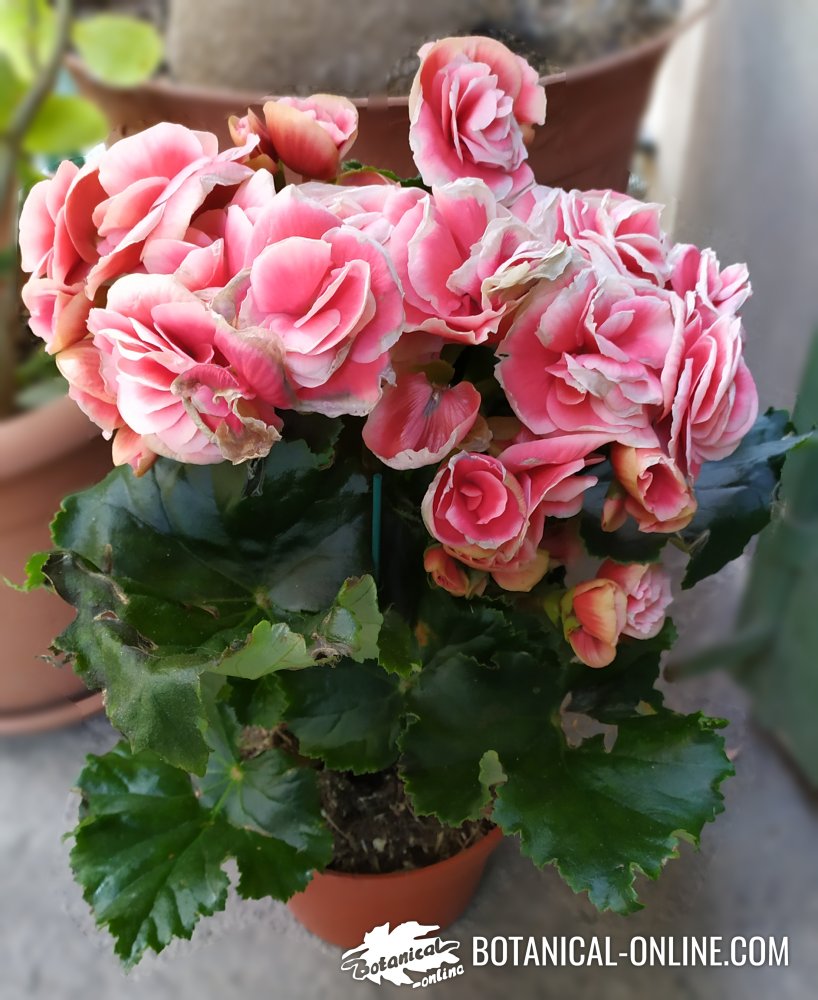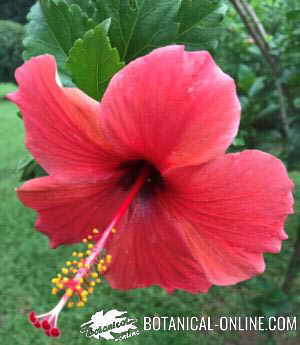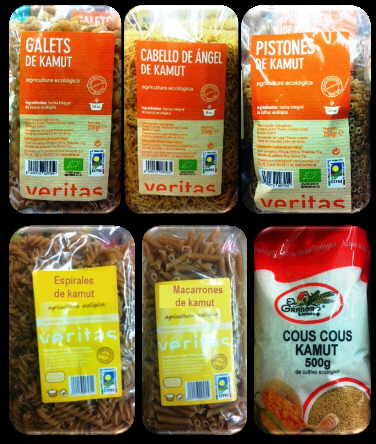Contents
Bitter almonds properties
CHARACTERISTICS OF BITTER ALMONDS
Scientific noun: Prunus amygdalus var.amara
Family: Rose family – Rosaceae.
Habitat: Native from Asia. It is cultivated in warm Mediterranean places, sometimes naturalized.
Composition of bitter almonds
- Proteins, minerals (aluminum, antimony, cadmium, calcium., cobalt, copper, iron, magnesium, etc)
- Oleic, palmitic and oxalic acids,
- Vitamins: Vitamin A and vitamin B, mainly.
- Amygdalin: Amygdalin is a glycoside, which, by means of enzyme emulsin, in contact with saliva becomes hydrocyanic acid, a strong poison.
- Amino acids: Arginine, histidine, tyrosine, niacin, leucine, glycine…etc
Active parts: Almonds of this variety (var. amara) Sweet almonds, when raw, also contain amygdalin, in less quantity, so it is not convenient to eat almonds until ripe. When fully matured, they loose this poison.
For more information about sweet almond and its properties as a medicinal plant consult the section medicinal plants of Botanical
PROPERTIES OF BITTER ALMONDS
Medicinal uses of bitter almonds
Bitter almonds are used as spices. Essential oil, besides being used in perfume industries, is is used as an antispasmodic of digestive tract, besides hypertension, flu, etc.
Since it contains dangerous components, it is better not to use it in homemade products.
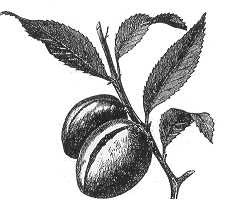
Toxicity of bitter almonds
The toxicity of bitter almonds is very high. To eat bitter almonds is very dangerous (20 almonds are a lethal dose for adults; about 10 for children) It is also very risky to use the essential oil and the distilled water obtained from bitter almonds.
Symptoms of poisoning with bitter almonds
The main symptoms of eating bitter almonds are:
- In small amounts: Suffocation, bad breath, vomiting
- In bigger doses: dizziness, heart beat acceleration, respiratory breakdown and death.
![]() More information about plants.
More information about plants.

